|
|
On the most important:
|

Monograph.
Basic problem of hydrogen energy
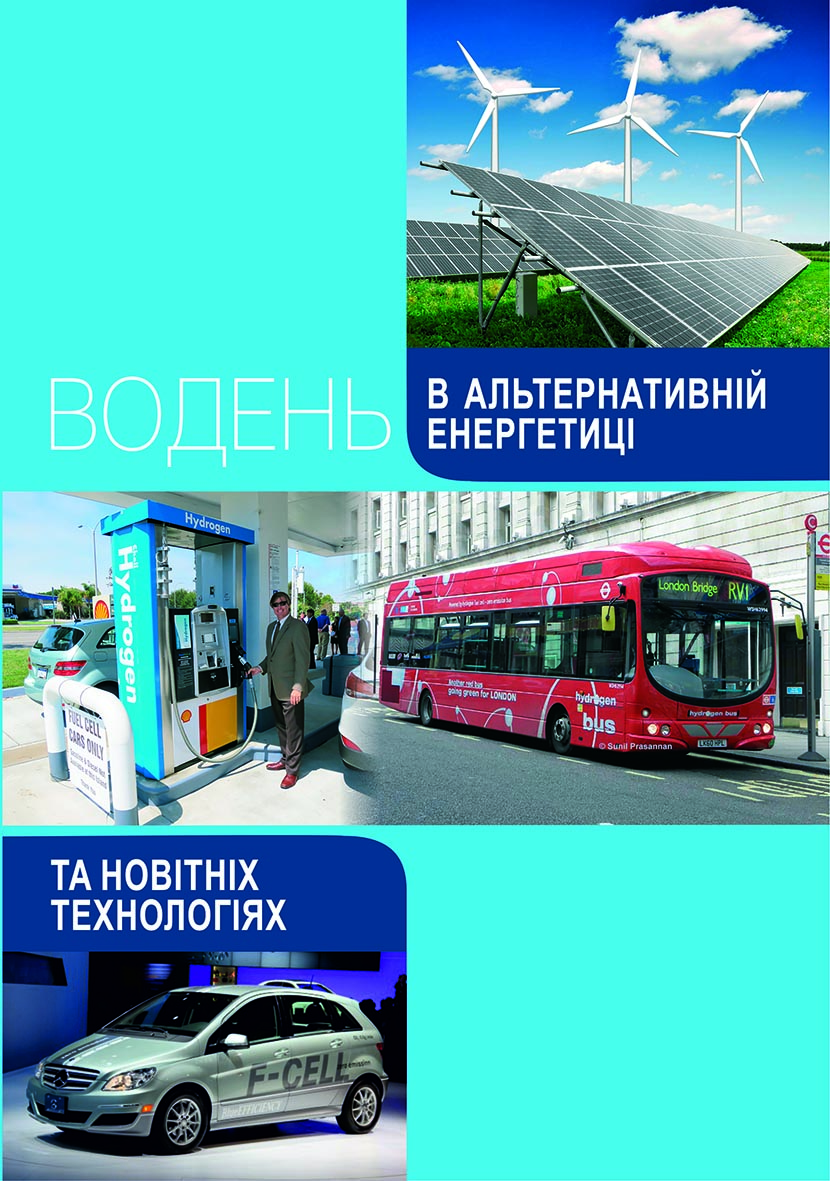
Monograph.
Hydrogen in alternative energy and new technologies
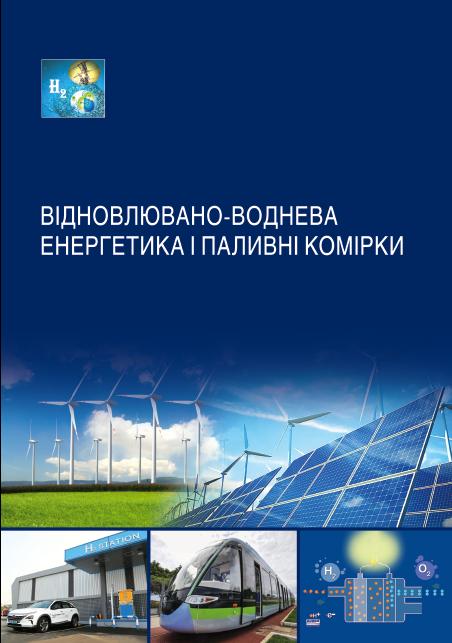
Monograph
Renewable hydrogen power and fuel cells
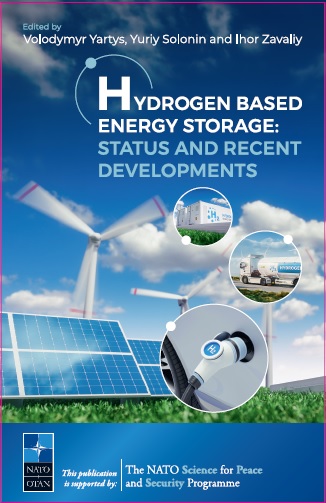
Monograph
Hydrogen based energy storage: status and recent developments
|
|
|
|
Concept and purpose
Target complex Programme for Research of NAS UKRAINE «Development of scientific bases for hydrogen production, storage and use in autonomous energy supply systems»
2019-2021
The aim of the program is to create the scientific and technical bases for the widespread introduction of PCs and hydrogen into the energy sector of Ukraine, primarily into autonomous energy systems, which are mainly based on the use of RES. The implementation of the program should contribute to the restructuring of our country's energy structure towards a wider use of "low carbon" and "carbon free" technologies to significantly reduce harmful emissions into the atmosphere.
As a result of implementation of the Program, scientific and technical prerequisites will be created for the widespread introduction of technologies based on the use of hydrogen and PC in the energy sector of Ukraine, which in turn will provide a perspective in the near future to significantly reduce emissions into the atmosphere of harmful substances, first of all СО2 and thus successfully fulfill the 2015 Paris Agreement commitments.
It is envisaged that during the implementation of the Program a number of experimental samples of devices, installations, systems will be created, which will have a prospect of realization at the interested enterprises of Ukraine with further introduction into economic practice.
The expediency of using the RES - hydrogen - PC scheme for autonomous supply of electricity, heat, cold of individual houses, estates, small farms, etc. will be substantiated. Appropriate demonstration systems will be established to convince the public, business and government structures of the future development of this energy sector.
Questions that need further study and implementation:
1.Reduce the cost of manufacturing fuel cell systems that will be used in vehicles by extending their service life to levels that can compete with traditional technologies;
2. Increase the electrical efficiency and durability of the various fuel cells used for energy production to levels that can compete with traditional technologies while reducing costs;
3. Improve the energy efficiency of hydrogen production mainly through the electrolysis of water using renewable sources while reducing operating and capital costs, so that a combined system of hydrogen production, storage and conversion using a PC system could compete with technologies present on the market;
4. Demonstrate, on a large scale, the possibility of using hydrogen to support the integration of renewable energy sources into energy systems, including through its use as a competitive means of accumulating energy from renewable sources;
5. Reduce the use of "critical raw material", for example, by components with or without low platinum content, and by processing or limiting / eliminating the use of rare earth elements.
Approved
Decree of the Presidium of NAS of Ukraine
№ 305 from 20.05.2019
Science and Technology News
Hydrogen V-8 engine Yamaha will develop for Toyota
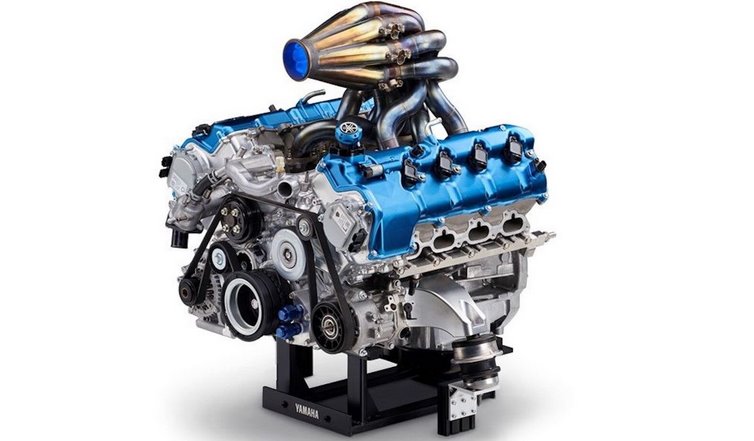
According to a statement released recently by Japanese automakers, Toyota and Yamaha have joined forces to develop a V-shaped 5.0-liter internal combustion engine powered by hydrogen.
The new eight-cylinder engine is based on the conventional naturally aspirated gasoline engine used in the Lexus RC F sports coupe, with modifications to injectors, heads, intake manifold and other components.
read more :
Fuel cell vehicles will get LOHC - a simpler, cheaper and safer hydrogen technology
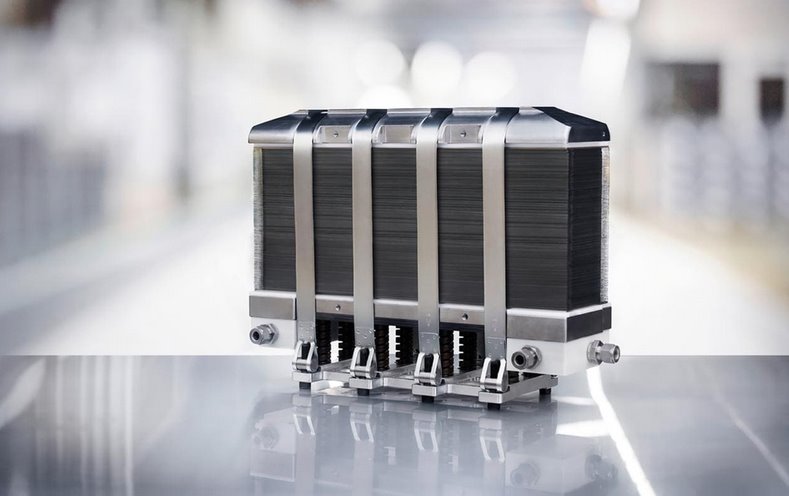
Germany's Schaeffler, a well-known auto parts manufacturer, is taking the next step in its hydrogen strategy. The company decided to develop a fuel cell that works with a liquid organic hydrogen carrier - the so-called LOHC (Liquid Organic Hydrogen Carrier). To do this, Schaeffler entered into a cooperation agreement with Hydrogenious LOHC Technologies and the Institute for Renewable Energy. Helmholtz in Erlangen-Nuremberg (HIERN).
read more :
New hydrogen storage material steps on the gas
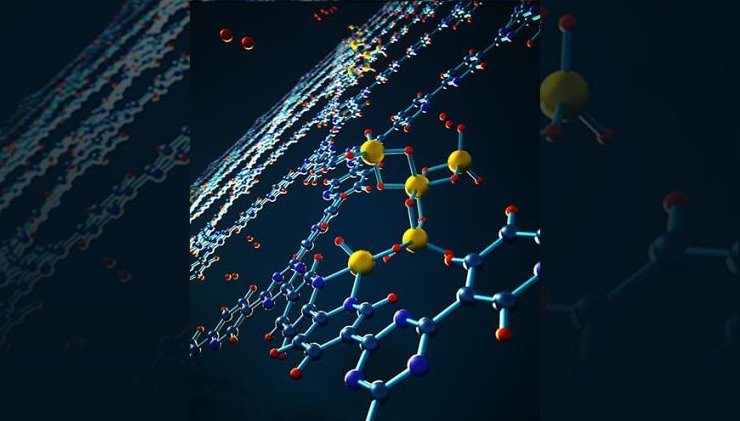
Hydrogen is increasingly viewed as essential to a sustainable world energy economy because it can store surplus renewable power, decarbonize transportation and serve as a zero-emission energy carrier. However, conventional high-pressure or cryogenic storage pose significant technical and engineering challenges.
To overcome these challenges, Lawrence Livermore National Laboratory (LLNL) and Sandia National Laboratories researchers have turned to metal hydrides because they provide exceptional energy densities and can reversibly release and uptake hydrogen under relatively mild conditions. The research appears as a hot paper and back cover in the journal Angewandte Chemie.
read more :
Naftogaz signs green hydrogen "H2EU+Store" MOU on the transport of hydrogen produced in Ukraine to Germany
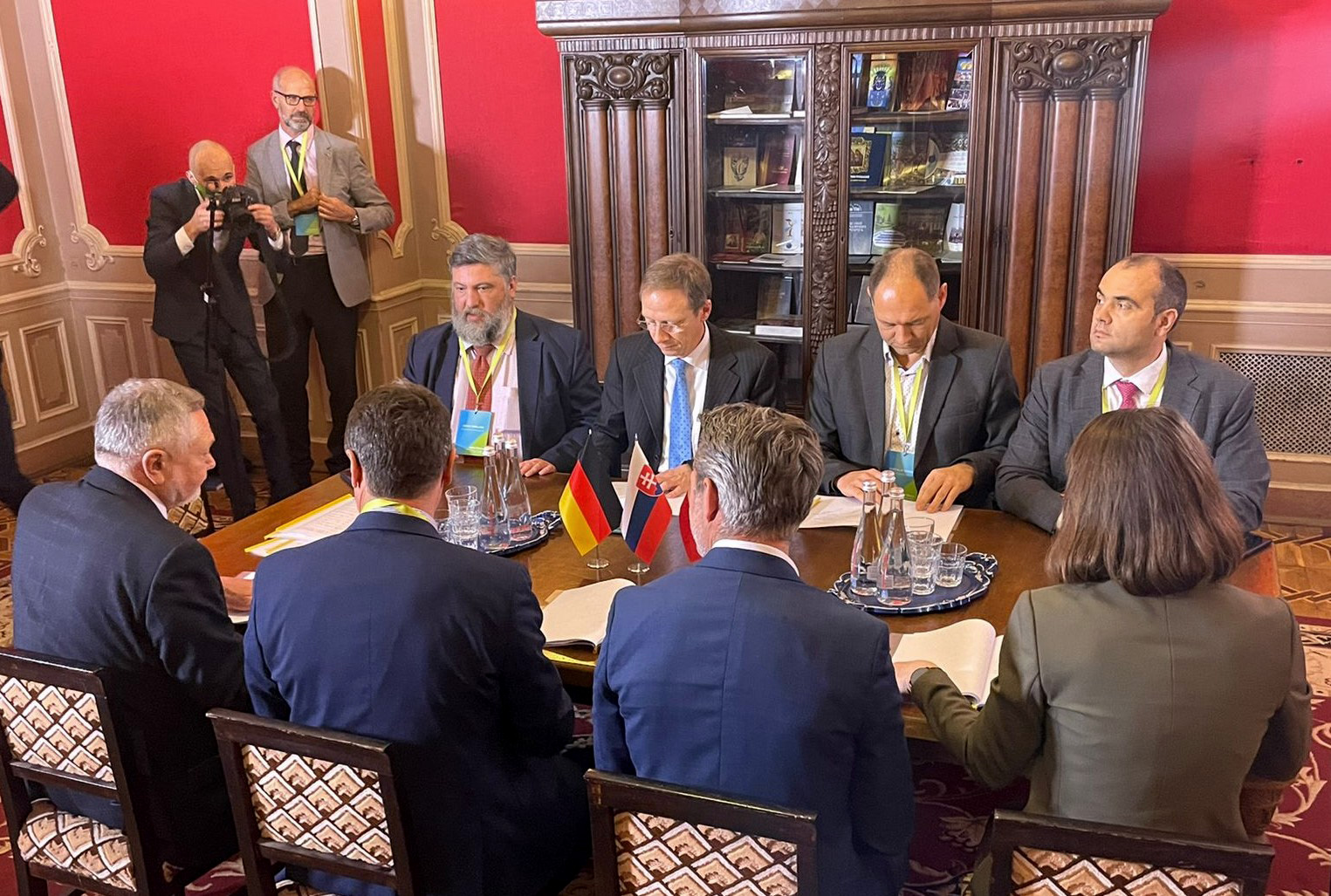
National Joint Stock Company “Naftogaz of Ukraine” and JSC Ukrtransgaz, the Ukrainian gas storage operator, have joined an international industry partnership for the production and supply of green hydrogen "H2EU+Store". It envisages the production of green hydrogen in Ukraine and further export via gas pipelines to the EU, injection into underground storage facilities in Austria, and sale to consumers in Central Europe.
read more :
Ukraine's hydrogen strategy can become the basis for international cooperation in hydrogen energy

Minister of Energy Herman Galushchenko discussed with USAID representatives the Energy Security Project framework recommendations for the development of the Hydrogen Strategy of Ukraine, developed jointly by specialists from the Ministry of Energy and USAID experts.
The strategy will include three key elements of hydrogen energy: production, transportation and storage of hydrogen. According to expert recommendations, the strategy will be implemented in three stages: 2021-2025, 2025 - 2030 and after 2030.
read more :
Fujisawa Smart City - Eco-Village of the Future with Solar Homes and Hydrogen Heating
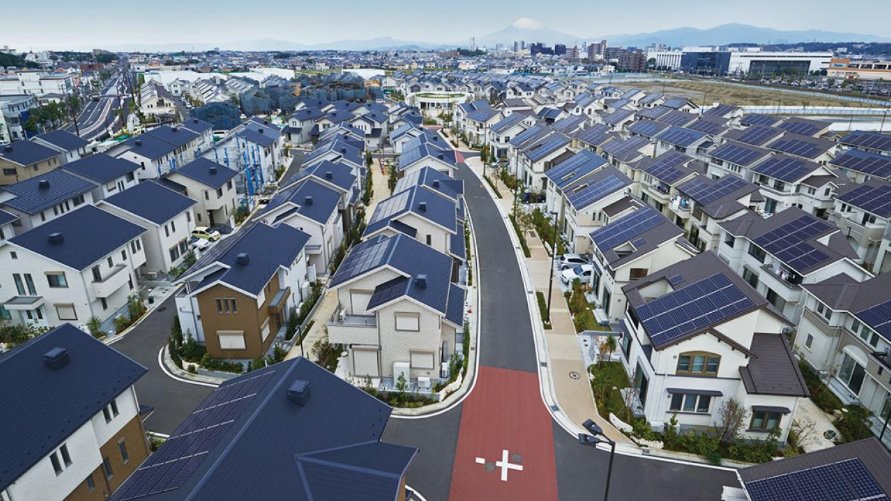
The city became the first high-tech settlement built from scratch on the site of a former electronics factory 50 km west of Tokyo. A consortium of 18 companies led by Panasonic cost $ 740 million to complete the project. The country's authorities are positioning it as an attempt to organize an ecovillage that minimizes carbon dioxide emissions.
read more :
Hydrogen is not the distant future, but the present
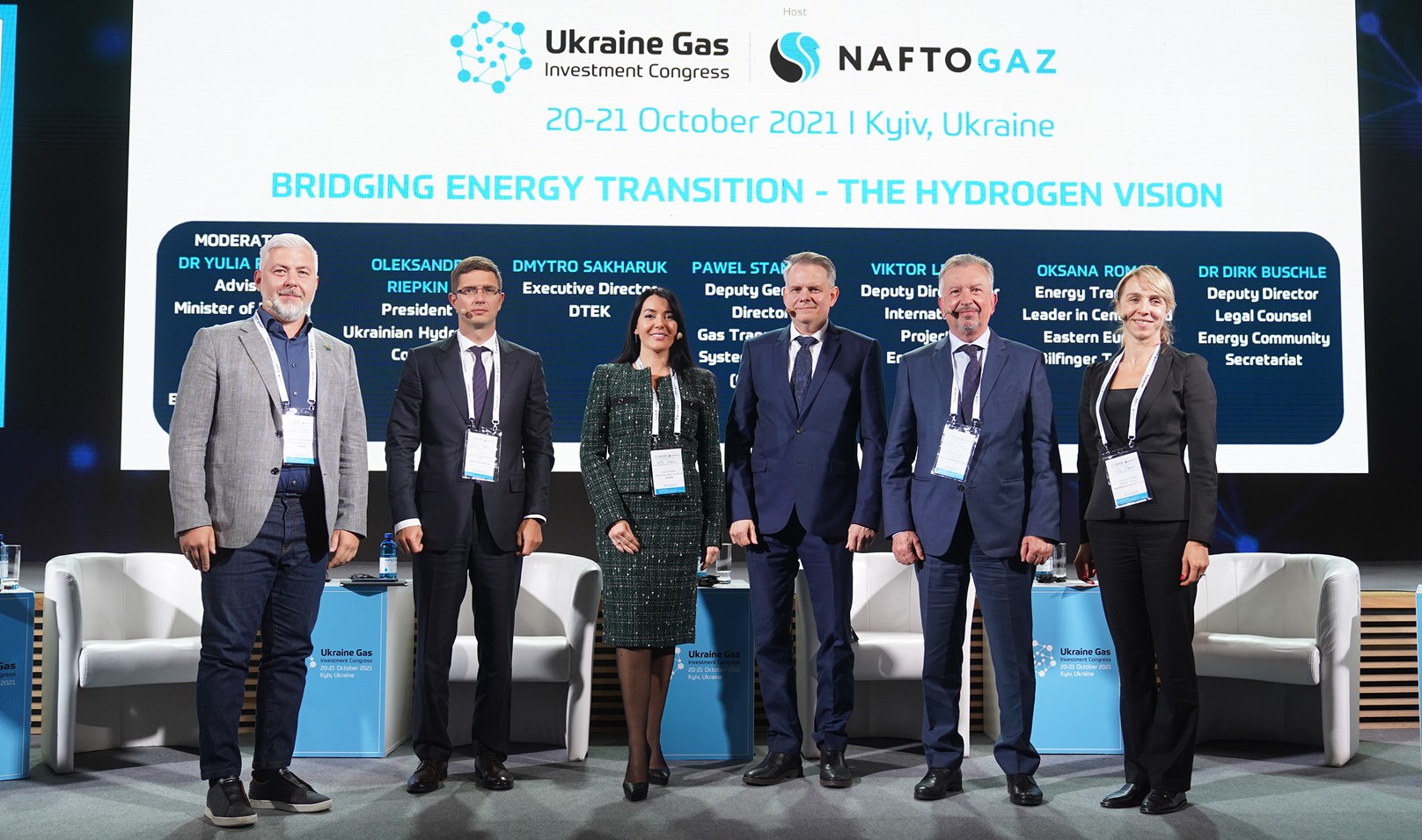
Hydrogen is not the distant future, but the present. This is an opportunity for Ukraine to take a great economic step, and at the geopolitical level, the export of "green" hydrogen to Europe would radically change the position of its strategic importance and partnership with the European Union.
This was stated by President of the Energy Association "Ukrainian Hydrogen Council" Oleksandr Riepkin during a panel discussion at the Ukraine Gas Investment Congress in Kyiv on October 21.
read more :
HyPoint Partners With BASF New Business to Develop High-Performance Hydrogen Fuel Cell Membranes for Aviation
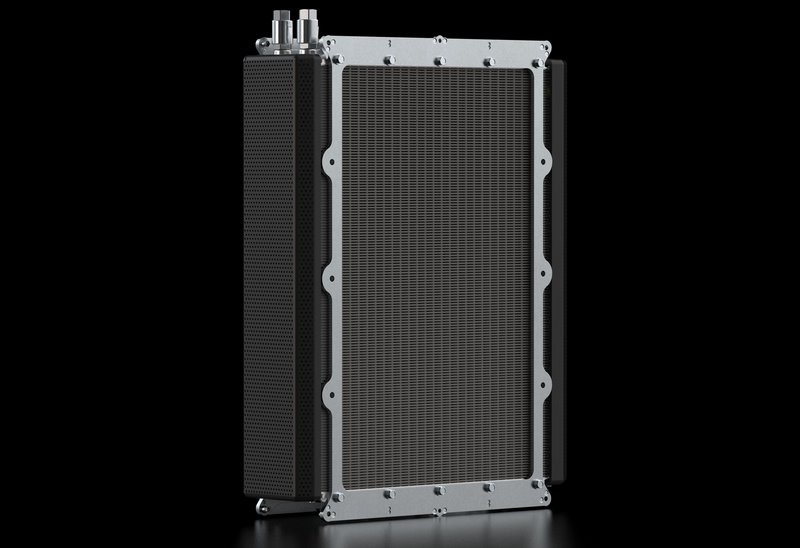
As previously stated, HyPoint's turbocharged fuel cells, intended primarily for aviation, will have 3 times the power density of conventional fuel cells. Now, the startup, along with chemical giant BASF, has found a way to make its development 50% more productive using an innovative proton exchange membrane.
It is one of the main components of fuel cells. Its purpose is to freely ensure the transition of hydrogen protons to the region where they can meet with oxygen, and not let electrons pass there. Due to this, the latter move to the same side as the positive ones, only along the conductor, generating an electric current.
read more :
The Black Sea region is emerging as the next hydrogen hub
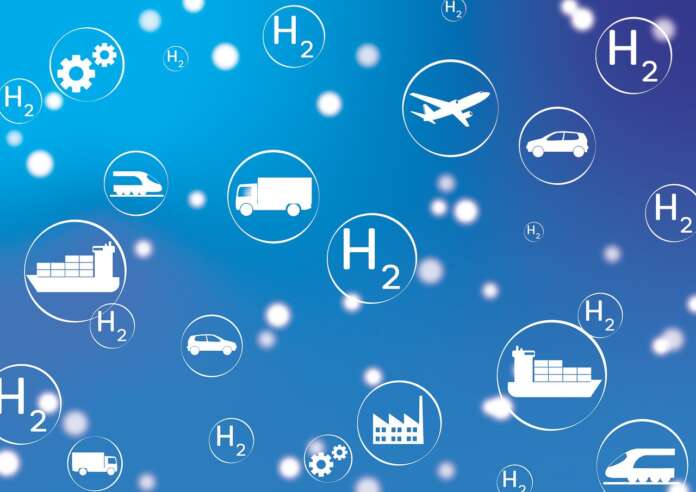
The International Renewable Energy Agency (IRENA) estimates that hydrogen will account globally for 12 per cent of final energy use by 2050.
Some 5,000 gigawatts (GW) of electrolyser capacity will be needed by 2050, up from 0,3 GW today. And South-Eastern Europe is particularly suited for such production.
read more :
TotalEnergies, Air Liquide, Vinci setting up EUR-1.5bn clean hydrogen fund
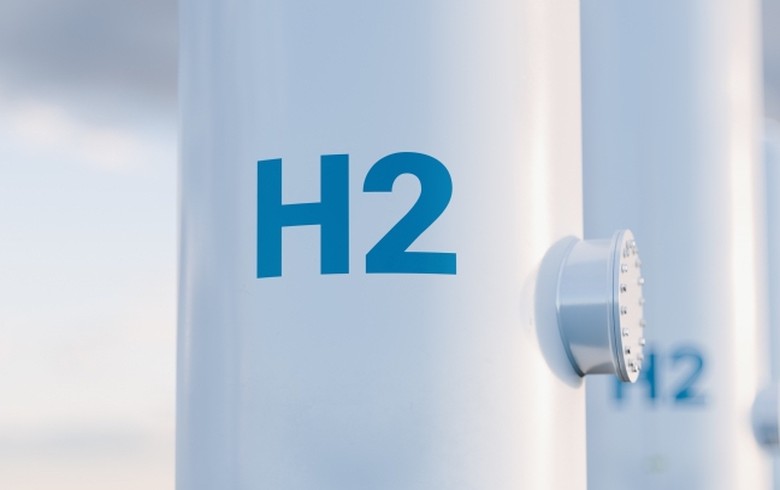
French companies TotalEnergies SE (EPA:TTE), Air Liquide (EPA:AI) and Vinci SA (EPA:DG) October 1 announced the launch of the world’s largest clean hydrogen infrastructure fund, aiming to reach EUR 1.5 billion (USD 1.7bn) in a bid to kick-start the sector widely seen as key to the energy transition.
read more :
Hydrogen heavy-duty projects joining forces
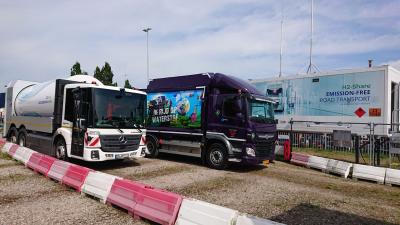
Interreg North-West Europe projects H2-Share and HECTOR recently joined forces with the FCH-JU project REVIVE.
br>Last week the mobile hydrogen refuelling station of H2-Share (the ‘WyRefueler’) refuelled two zero-emission garbage trucks simultaneously in Breda.
It is a first that three different heavy-duty, hydrogen projects join forces and reinforce each other.
read more :
McPhy to supply H2 station to the R-Hynoca project in Strasbourg
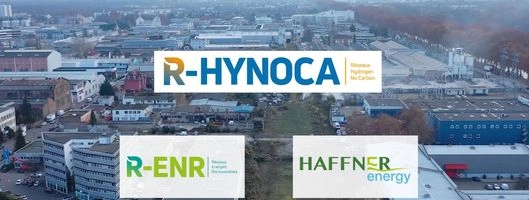
What is the R-Hynoca project?
R-Hynoca project, which started in 2019, aims to produce green, carbon-neutral hydrogen from local biomass.
The hydrogen production is ensured by the Hynoca® process developed by Haffner Energy.
This hydrogen will be recovered as fuel for low-carbon mobility and as a resource for the industry.
R-Hynoca will be the first industrial demonstrator of the Hynoca® process.
read more :
EU Oyster Consortium selects Grimsby for marinised electrolyser project

What is the R-Hynoca project?
Offshore wind parks will play a pivotal role to meet the EU Hydrogen Strategy target of 40 GW electrolysers by 2030.
Grimsby, a port town of North East Lincolnshire in the UK, has been selected for an innovative marinised electrolyser project for renewable hydrogen production. The project will also investigate the potential of using pipelines to transport hydrogen to shore.
What is the EU Oyster Consortium project?
The Oyster project is composed of ITM Power, Orsted, Siemens Gamesa Renewable Energy, and Element Energy. It aims to develop and test a megawatt-scale, fully marinised electrolyser in a shoreside pilot trial, which will be located in Grimsby.
The project will also explore the feasibility and potential of directly combining an offshore wind turbine with an electrolyser and transporting renewable hydrogen to shore.
The project is 100% funded by the FCH JU, which awarded € 5 million in January 2021 to the project.
read more :
Green hydrogen project in Mallorca kicks off with solar farm construction

A Spanish green hydrogen consortium has started the construction of a 8.59-MWp solar PV plant on the island of Mallorca, one of several sub-projects within the island-wide Green Hysland initiative.
read more :
Hydrogen innovations improve daily life in Belgium
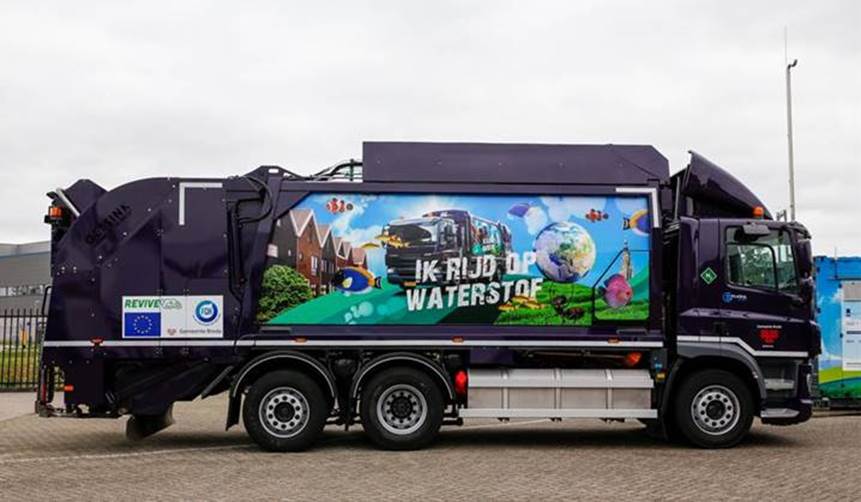
Projects in Belgium are pioneering hydrogen based technology in our streets, homes and businesses.
In Antwerp, hydrogen powered fuel cell refuse trucks are being rolled out for quieter, cleaner rubbish collection.
Thanks to another project, a family has switched to a cost efficient, low carbon heating and power system.
Finally, a logistics centre in Halle is running forklifts on hydrogen from solar and wind power.
read more :
First hydrogen bus landed in Birmingham (UK)
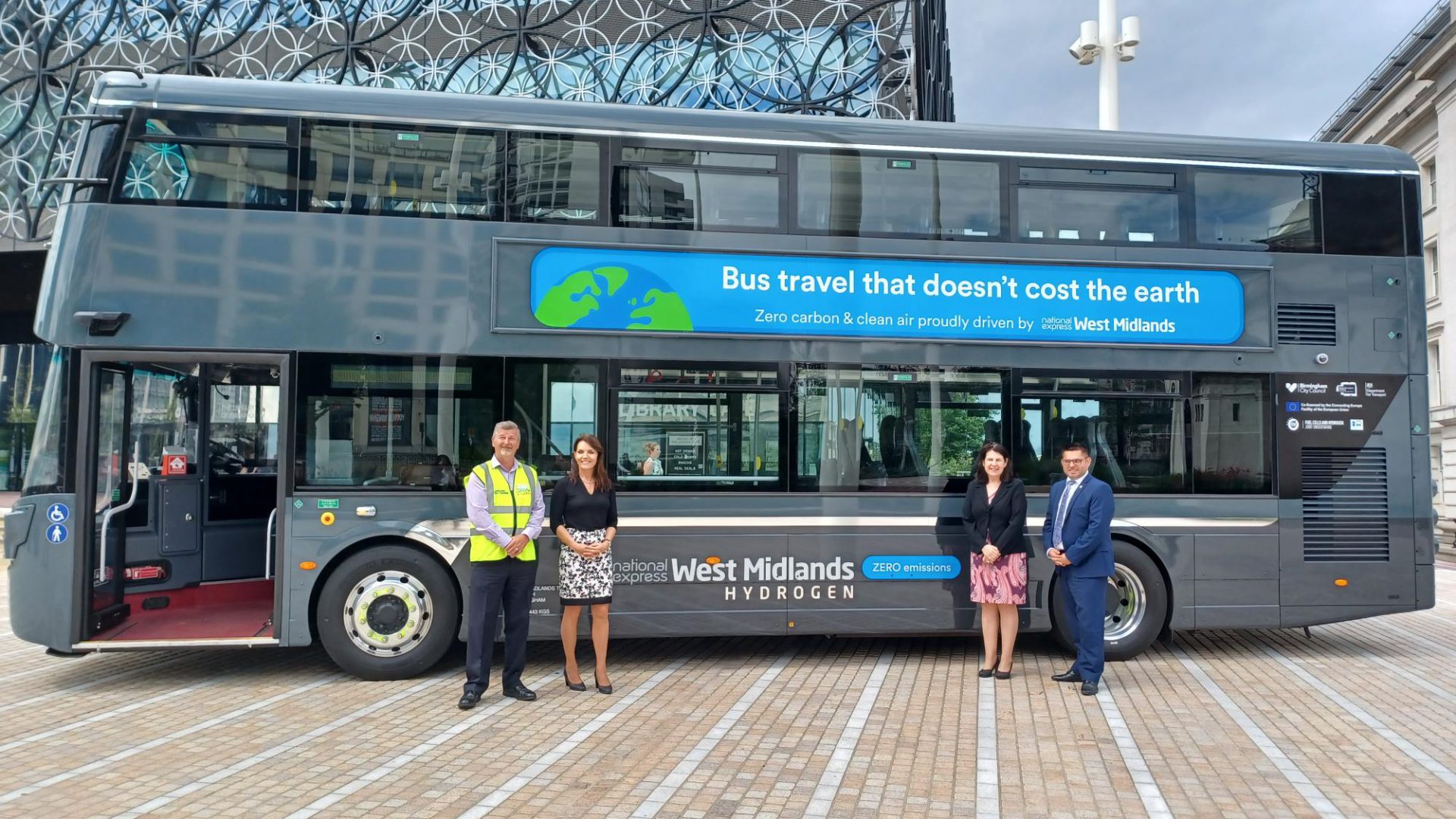
Birmingham City Council has unveiled the first of its 20 new fuel cell bus fleet, which is set to be in operation later this year.
The new buses have been purchased as part of the Council’s Clean Air Hydrogen Bus Pilot, which looks to ‘kick-start’ the hydrogen market as a viable zero-emission fuel.
read more :
New charging stations simultaneously produce pure hydrogen and store energy
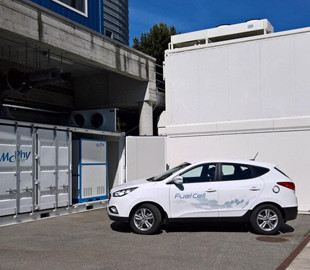
Scientists from the Federal Polytechnic School of Lausanne have created a new system: it combines a conventional redox flow battery, which stores energy, and catalytic reactors that produce pure hydrogen from liquid.
The new system, created by the scientists, provides more flexibility and capacity for storing energy, and also produces pure hydrogen at a lower cost.
read more :
The Ministry of Energy is considering the production of hydrogen using nuclear energy
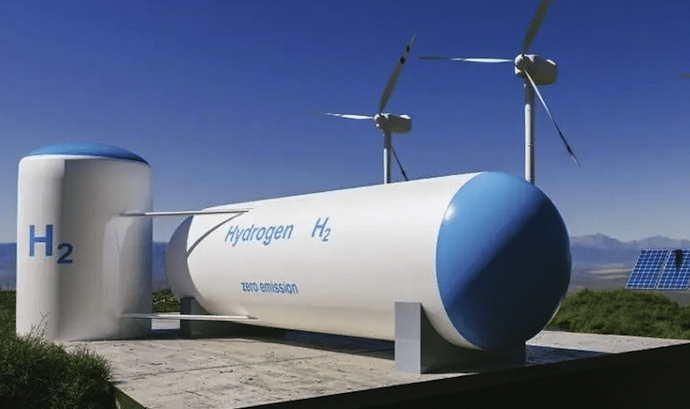
The Ministry of Energy is discussing the possibility of producing climate-neutral hydrogen using nuclear energy, and is also considering gas-based production.
read more :
Japan has found a way to reduce the cost of "green" hydrogen by two-thirds
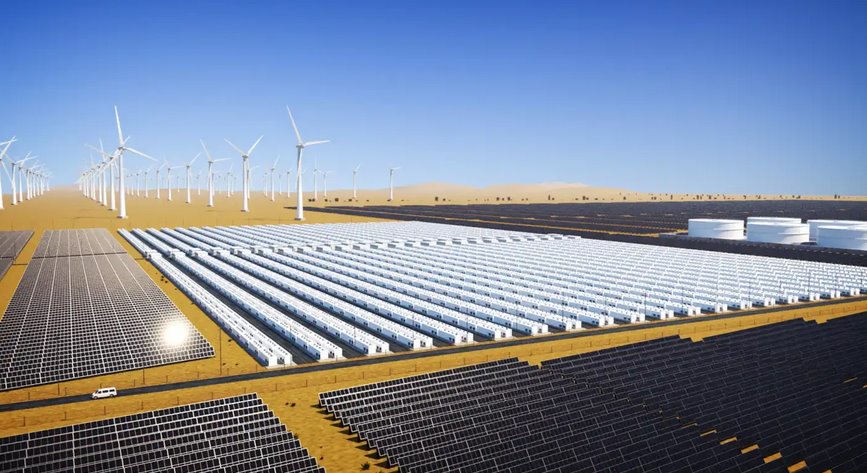
Japanese companies Eneos and Chiyoda intend to build a plant that will produce hydrogen without carbon dioxide emissions and at just one third of the current cost of hydrogen production. This is expected to be a breakthrough in the country's quest for decarbonization.
The plant will use a patented electrolysis technology that will significantly reduce the required investment. The goal of the enterprise is to reduce the price of hydrogen to about $ 3 per kilogram. Eneos and Chiyoda are considering Australia and other regions as candidates to build a plant in 2030.
read more :
Why Ukraine redesign of gas networks and why hydrogen here?
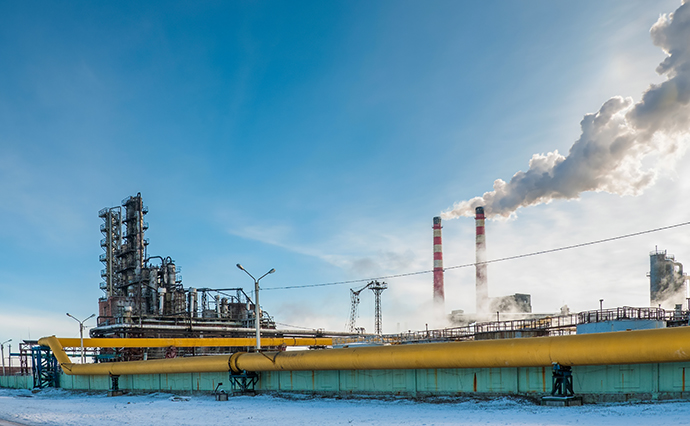
The volume of natural gas consumption has decreased several times in recent decades. At the same time, the cost of maintaining networks is constantly growing. That is why Ukraine needs not just the modernization of gas infrastructure, but its optimization for real gas consumption and adaptation to the transportation of new energy sources in the future.
read more :
Ukrainian hydrogen on the Danube to the EU. How advanced technologies will help Ukraine become a hydrogen country
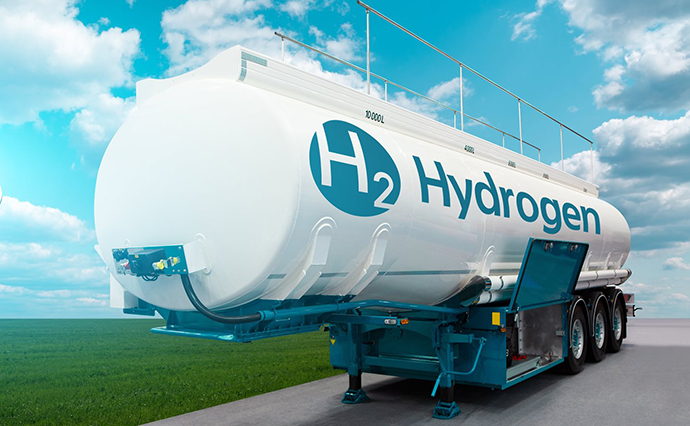
According to the Green Hydrogen Initiative for the European Green Rate of 2x40 GW, the EU expects that 10 GW of green hydrogen production capacity can be created in Ukraine.
This allows to attract up to 20 billion euros in the development of the industry. 75% of fuel will be exported to the European Union, the rest will be used for the needs of Ukraine.
According to Deputy Energy Minister for European Integration Yaroslav Demchenkov, more than twenty Ukrainian companies have joined the European Alliance for Clean Hydrogen.
read more :
Mission Innovation launches a new global coalition to support the clean hydrogen economy

On 2 June, on the occasion of the 6th Mission Innovation Ministerial meeting in Chile, the European Commission and ministers from Australia, Austria, Canada, Chile, China, Germany, India, Italy, Morocco, Norway, Saudi Arabia, Republic of Korea, the UK and the US made a joint commitment to collaborate on a Clean Hydrogen Mission under the second phase of Mission Innovation.
The goal of the Clean Hydrogen Mission is to reduce the costs of clean hydrogen to the end user to 2 dollar per kilogram by 2030 and to deliver at least 100 large-scale integrated hydrogen valleys worldwide. Hydrogen valleys are integrated hydrogen value chains, which include the production, storage, and distribution of hydrogen to end-users via various methods of transport in a defined geographic area.
Mariya Gabriel, European Commissioner for Innovation, Research, Culture, Education and Youth, said:
The European Commission, together with the Fuel Cells and Hydrogen Joint Undertaking and EU Member States, will further develop the hydrogen valleys in Europe and abroad. Creating a strong network and decreasing the cost of clean hydrogen is a significant step towards achieving our ambitious EU climate goals by 2030.
The Mission will build a dynamic and ambitious alliance between countries, businesses, investors and research institutes to accelerate innovation on clean hydrogen. This will include international collaboration on research, development, and innovation to further develop Clean Hydrogen Valleys* and accelerate building a global clean hydrogen economy in line with the European Green Deal objectives.
The Clean Hydrogen Mission is launched for an initial period of five years, and depending on progress achieved, may be extended for a further five years to support the delivery of its key objectives by 2030.
read more :
What We Know About the Emerging, Evolving Hydrogen Economy
In an interview with Morrie Markovic, president of the Fuel Cells and Hydrogen Association of the United States
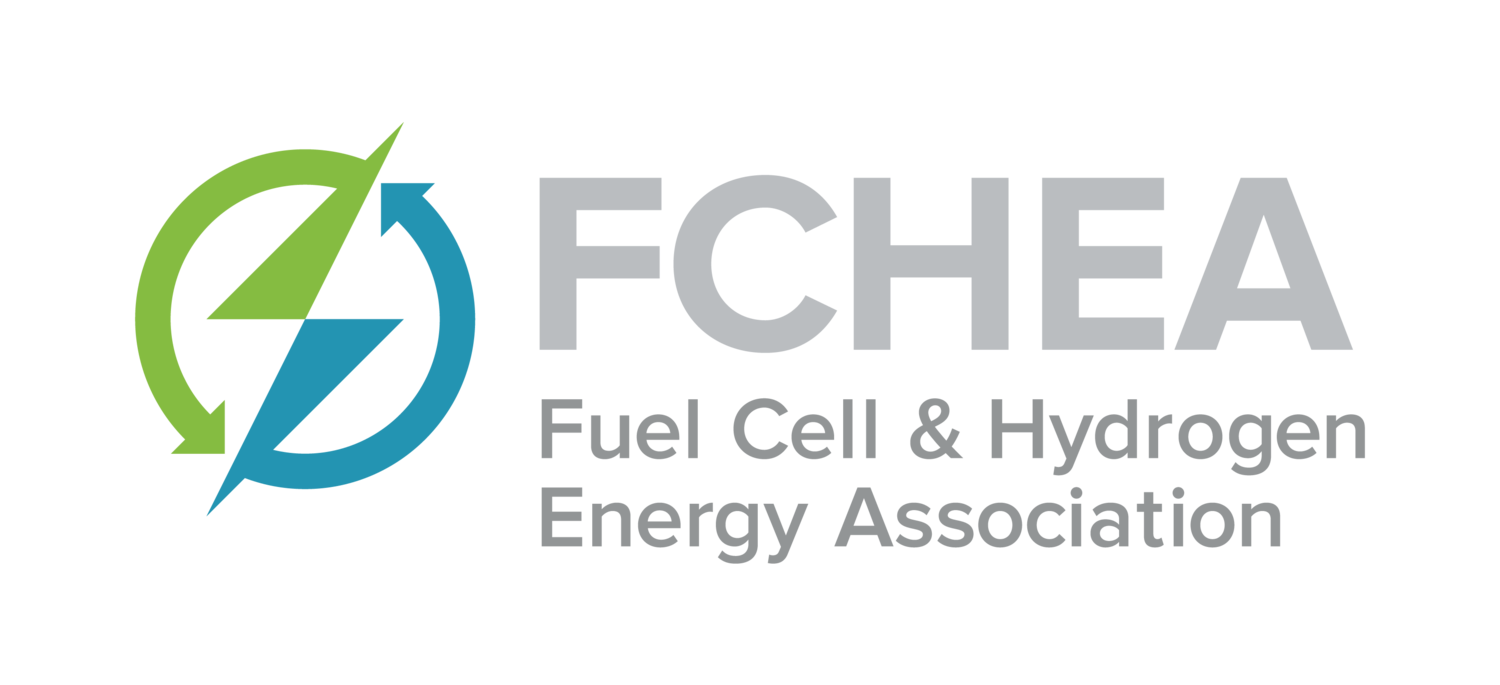
Single-piston internal combustion engine powered by hydrogen fuel created by Aquarius Engines
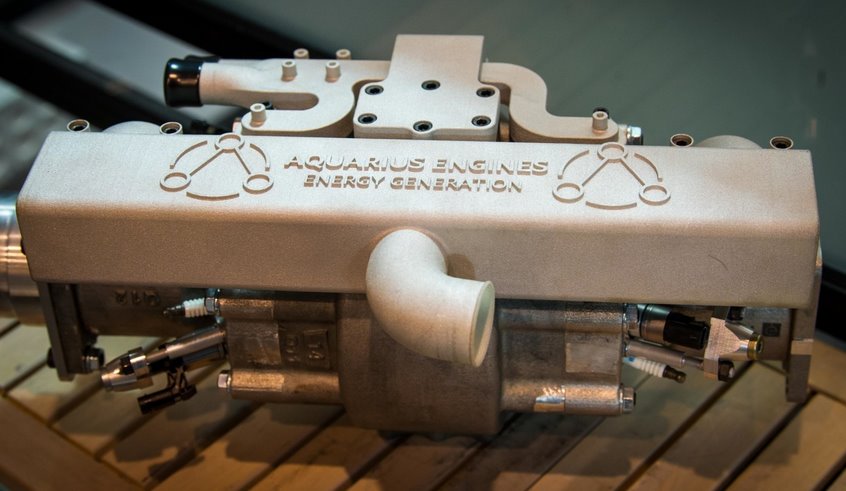
Israeli company Aquarius Engines has announced a hydrogen version of the free piston linear generator it has been working on since 2014. It is assumed that such devices will find application in hybrid vehicles and autonomous electric generators.
The use of a free piston design makes the Aquarius engine compact, lightweight, energy efficient, easy to manufacture and maintain. It consists of only 20 components, of which only the rod with the piston moves, and does not need a lubrication system usual for an internal combustion engine.
Now Aquarius Engines is striving to make its development more environmentally friendly, so it has created a modification that consumes hydrogen instead of fossil fuels. Toyota recently announced a similar upgrade to the conventional piston engine. The performance of the Aquarius hydrogen motor has already been officially confirmed by tests carried out by AVL-Schrick, an Austrian automotive consulting firm.
read more :
Tests of the Mercedes-Benz GenH2 hydrogen truck have begun
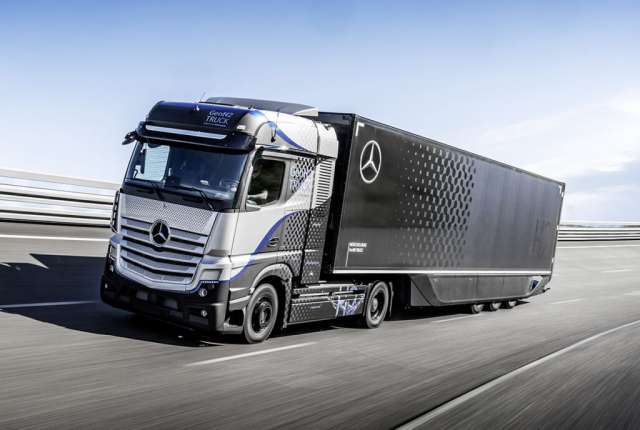
According to SpecMachinery.com.ua, tests of the advanced hydrogen prototype Mercedes-Benz GenH2 have started.
During these tests, Daimler specialists will test the electric vehicle on fuel cells for long-term and stable operation, test it in different weather and road conditions, as well as at different speeds and various maneuvers.
That is, this hydrogen truck must meet the same requirements for reliability and durability as can be compared with the usual Mercedes-Benz Actros.
2021: Hydrogen & fuel cells in the U.S.
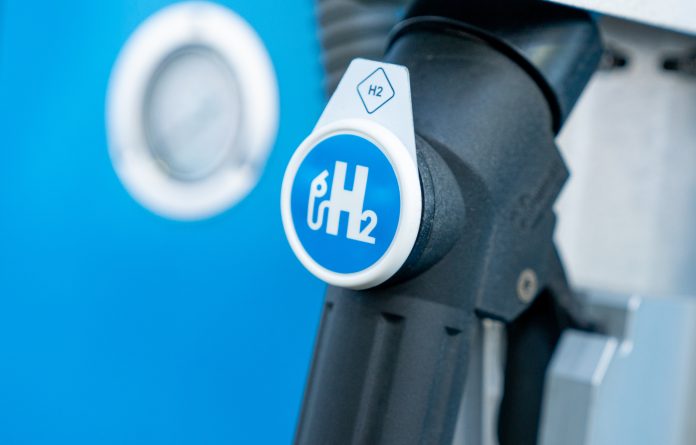
Morry Markowitz, President of the Fuel Cell and Hydrogen Energy Association, argues that for hydrogen and fuel cells in the U.S., 2021 is off to a promising start
Fuel cell technologies and hydrogen energy are not new to the energy scene, but both are finally getting the recognition they deserve as the world looks to balance the need for reliable, efficient power with governmental and societal goals of sustainability and decarbonisation.
Toyota sports car equipped with hydrogen internal combustion engine
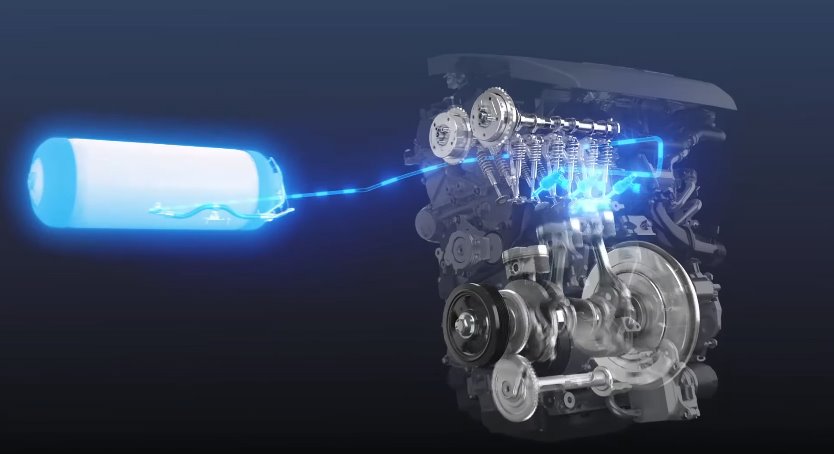
As part of its commitment to a “carbon neutral community,” Toyota has introduced a hydrogen-fueled ICE. Such a powertrain is already installed in the race car, which is being tested on the tracks from this month. The Japanese automaker said the technology is not yet ready for production models, but racing tests will help improve it.
Hydrogen production from solar energy without solar panels and electrolyzers
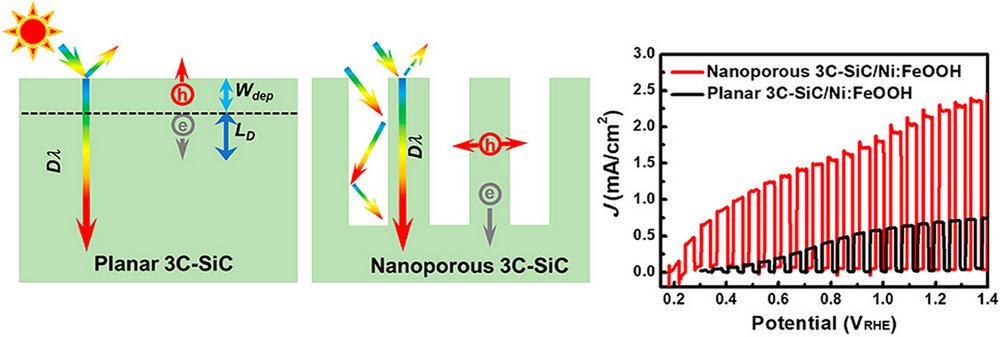
Researchers at Linkoping University in Switzerland have created nanoporous silicon carbide that offers promising opportunities for the generation of clean hydrogen.
The use of hydrogen fuel is environmentally friendly. But in the production of each ton of hydrogen by traditional methods, 9–12 tons of carbon dioxide are released.
The production of hydrogen in electrolysers, which are powered by renewable sources, does not emit greenhouse gases.
However, the efficiency of electrolysis installations does not exceed 70–80%, and the solar batteries used for their power supply - 21–24%.
read more :
Japan, Australia Launch Dirty Coal Recycling Into Clean Hydrogen Fuel
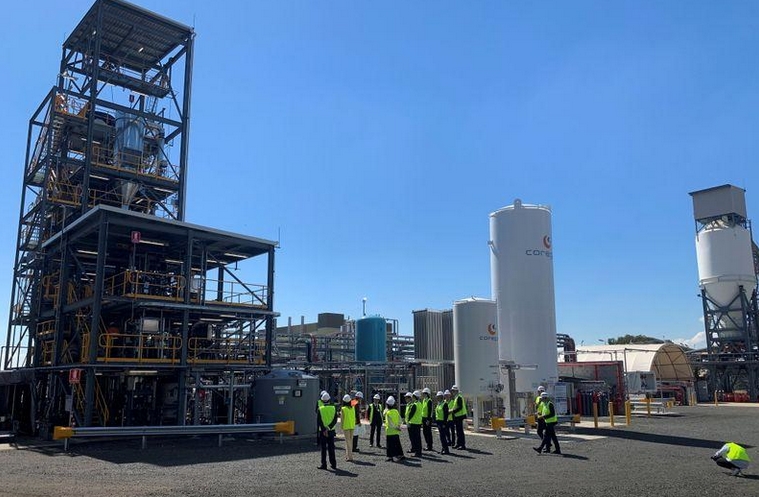
The Japanese-Australian company has launched a pilot project worth $ 390 million to produce hydrogen from brown coal (lignite). The demonstration plant is currently capable of producing 70 kilograms of hydrogen fuel per day. It is located at the Loy Young Thermal Power Plant in the suburbs of Traralgon in the Australian state of Victoria. This region contains a quarter of the world's brown coal reserves.
The project aims to demonstrate that liquefied hydrogen can be produced commercially and safely shipped overseas. Australia hopes that hydrogen fuel will allow it to conquer the markets of countries focused on the maximum environmental friendliness.
read more :
German steel mills switch to hydrogen fuel
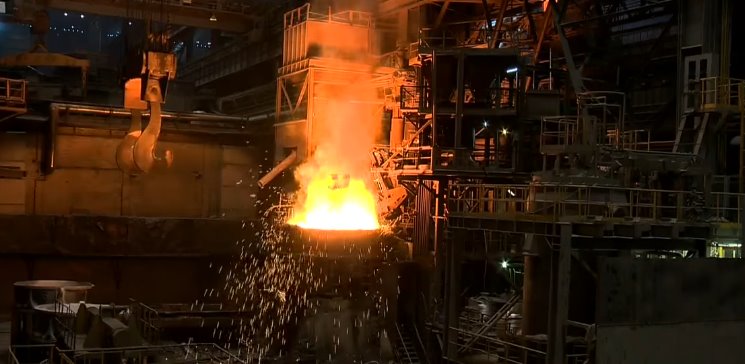
A major green hydrogen plant has been launched in Germany to help decarbonize the steel industry. It was created as part of the WindH2 project. It involves Avacon, a subsidiary of the country's largest energy company E.ON, the steel giant Salzgitter Group and the industrial gas firm Linde.
read more :
"Green" hydrogen of an Israeli startup will cost $ 1 per kg - 5 times cheaper than today
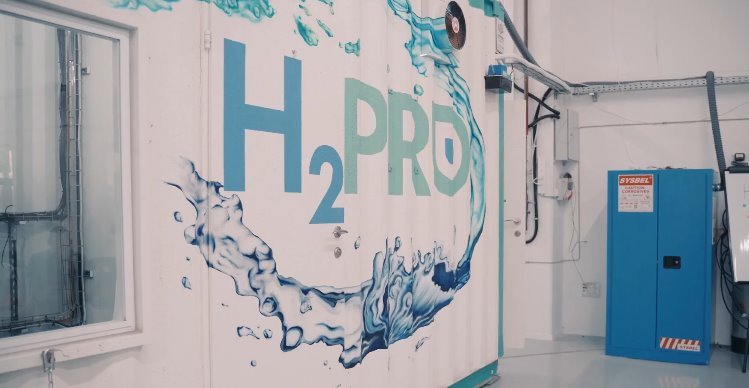
The Israeli company H2Pro received US $ 22 million to launch the serial production of a new type of electrolytic cell. The list of investors includes funds funded by Bill Gates and Hong Kong billionaire Lee Ka-shing, as well as Japanese trading company Sumitomo Corporation and Korean carmaker Hyundai.
The test setup allows you to test the operation of the device in various weather conditions and fully simulate its use for regional flights.
The device developed by H2Pro is similar in principle to the most common alkaline electrolysers today. But unlike conventional devices,
it works in two stages. During the first, hydrogen is released at the cathode in the electrolysis plant. In this case, the resulting hydroxide ion
does not participate in the formation of oxygen at the cathode, but produces chemical changes in its material, converting nickel hydroxide into nickel
metahydroxide.
read more :
HyPoint turbocharged fuel cell for hydrogen aircraft successfully tested
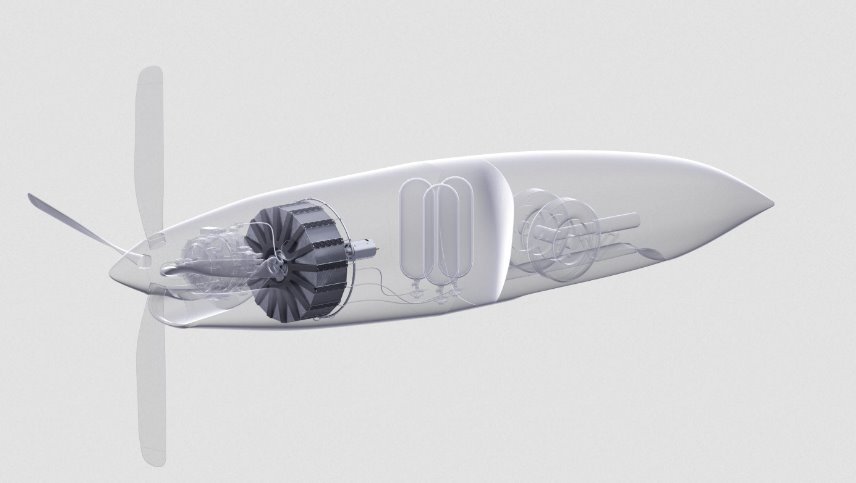
Startup HyPoint spoke in detail for the first time about its innovative turbocharged fuel cell last summer. The company has now revealed that it has already created a working 400W prototype.
The test setup allows you to test the operation of the device in various weather conditions and fully simulate its use for regional flights. The prototype demonstrates an efficiency of 40-50%. This is not outstanding even for conventional hydrogen cells, but the HyPoint design outperforms them in terms of power density.
read more :
Aqua Aerem will produce hydrogen from desert air
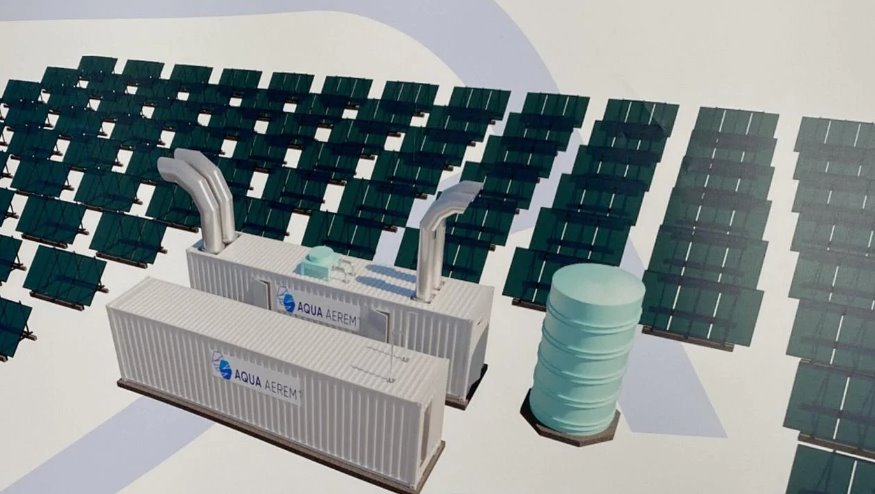
A young company, Aqua Aerem, has partnered with the government of the Australian state of North Carolina to test a new system for twelve weeks that generates hydrogen using only solar energy and water vapor from the air. The innovative installation will make it possible to obtain hydrogen fuel in desert conditions, which occupy, for example, most of the Northern Territory of Australia.
read more :
Hydrogen paste + water will provide electric vehicles with 10 times more range than lithium-ion batteries
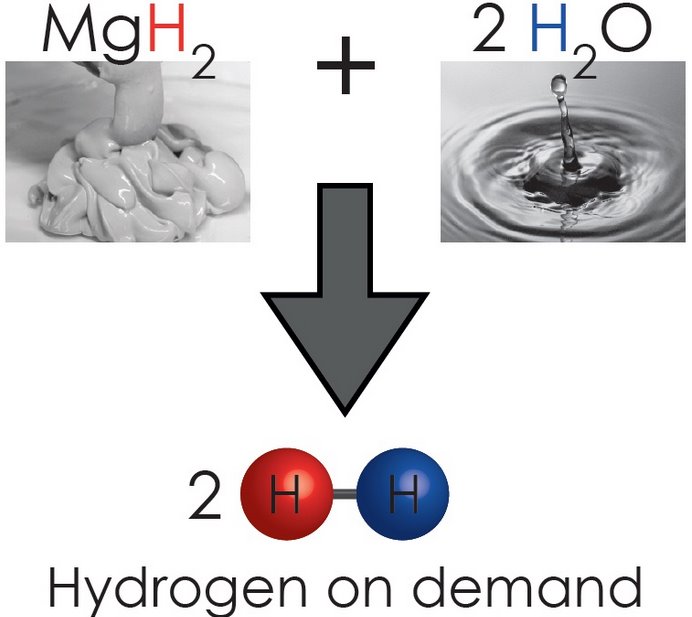
The Fraunhofer Institute for Manufacturing Technology and Advanced Materials presented an innovative material for hydrogen storage for use in fuel cells - POWERPASTE.
It is a paste capable of storing hydrogen at atmospheric pressure and ambient temperature. To release gas, you just need to add water to the substance.
read more :
Home hydrogen battery stores 3 times more energy than Tesla Powerwall and lasts 30 years
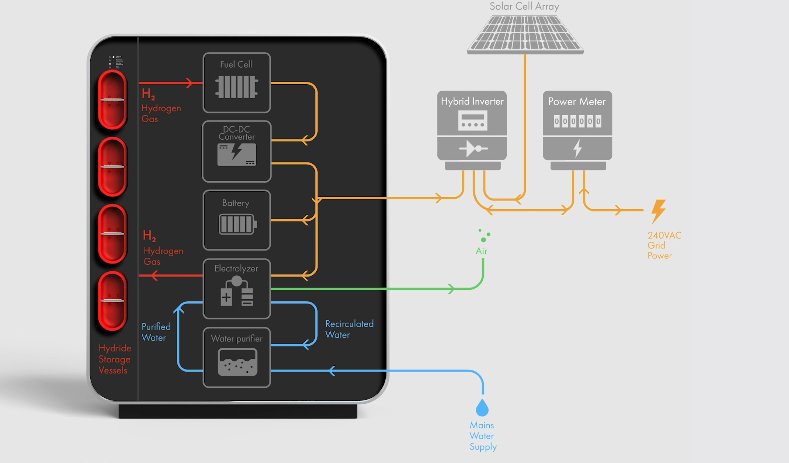
Typically, lithium-ion batteries such as Tesla Powerwall,
Nissan xStorage or Siemens Junelight Smart Battery are now used to store electricity in home systems.
Australian company Lavo offers an alternative solution - the Green Energy Storage System for energy storage in the form of hydrogen.
The device, made in the form of a cabinet with dimensions of 1680 × 1240 × 400 mm, weighs 324 kg.
It combines metal hydride hydrogen batteries, electrolyser, hydrogen fuel cell and lithium-ion battery.
read more :
Generating hydrogen using microwaves is a new cheap and clean way discovered by Spanish scientists
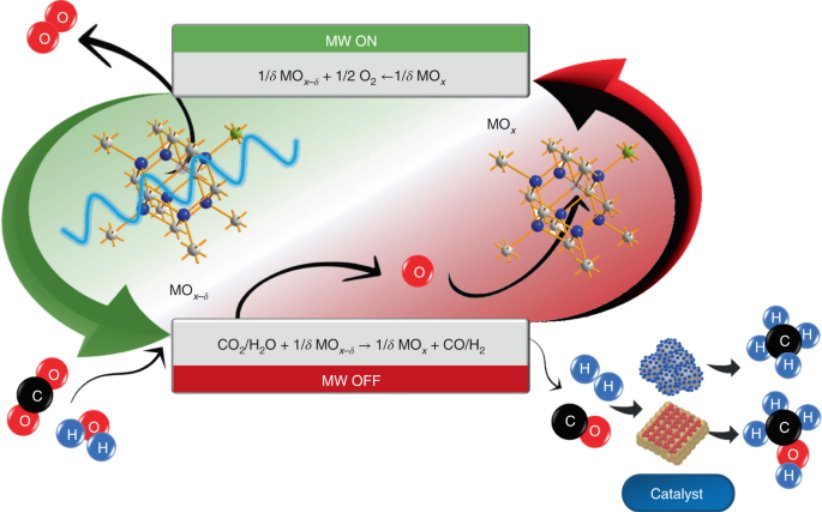
Scientists from the Spanish National Research Council and the Polytechnic University of Valencia have discovered a method
for transforming substances by exposing them to microwave radiation.
The already patented technology is based on chemical reduction under the influence of microwaves.
This process consists in the exit of oxygen atoms from the molecules of matter. Researchers were able to record the phenomenon of a change
in the electrical conductivity of materials at a temperature of about 300 ° C.
read more :
Dear participants of the projects of the program "Development of
scientific bases for the production, storage and use of hydrogen in autonomous energy supply systems"

We invite you to participate in a series of webinars on green hydrogen, which will be conducted by participants of funded projects SINTEF, REFHYNE and others.
The first is a webinar related to the REFHYNE project, which deals with the current increase in the scale of electrolytic plants to the size of GW required for the green transition, with a focus on industrial applications, will take place on December 16, 2020 at 10.00 (Brussels time).
More detailed information on the link
https://www.fch.europa.eu/event/green-hydrogen-webinar
Registration at the link
https://zoom.us/webinar/register/WN_FmHOPTUEQ6Oesxl8jIEPsw
The regional gas company is actively testing the use of hydrogen in gas networks
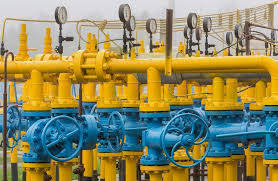
RGC is actively testing the use of hydrogen in gas networks. We have already started the second stage. And they set a goal to find out by 2022 what materials and concentrations to use for the safe operation of hydrogen.
Oleg Nikonorov, Director of the Regional Gas Company, spoke about this during the VI Ukrainian Gas Forum Eastern European Gas Partnership, Kosatka.Media reports.
He noted that the goals of European colleagues coincide with ours - to understand how existing gas networks can be used to deliver hydrogen, which mixture will be safe for household appliances, what materials will be safe for hydrogen as well as conventional methane.
Naftogaz and Energoatom have agreed to establish hydrogen production and storage
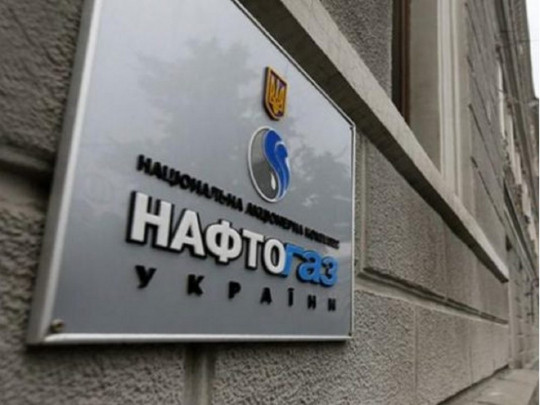
Naftogaz Ukrainy and NNEGC Energoatom have agreed to work together to implement the Hydrogen Strategy for a Climate-Neutral Europe. The relevant memorandum was signed by state energy companies on September 24, UNN reports citing the press service of Naftogaz.
"The priority areas of cooperation between Naftogaz and Energoatom will be hydrogen production - by using existing capacities in Ukraine and creating new ones, as well as hydrogen storage," the press service said.
read more :
By the end of 2021, Ukraine will build the first hydrogen production plant

As part of a memorandum with Ukrhydroenergo and NNEGC Energoatom, H2 plans to build a hydrogen plant worth more than $ 300 million near the Dnieper HPP by the end of 2021.
H2 CEO Andriy Zhovner told about it in an interview with LIGA.net.
read more :
The German plant switched to hydrogen for smelting cast iron
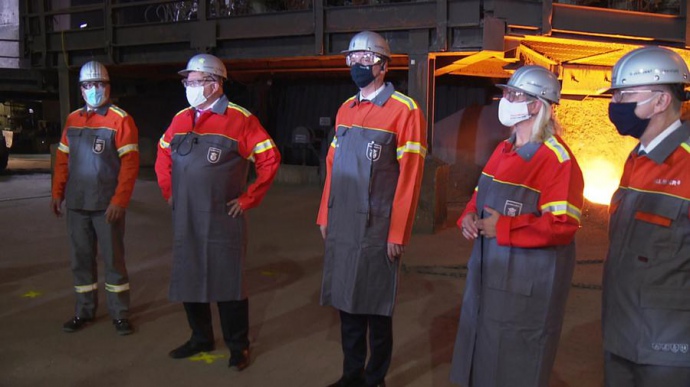
The steel plant in the German Saar was the first in the world to switch to hydrogen for pig iron production.
This was reported by LIGA.Tech with reference to the website of the steel group Dillinger.
Hydrogen-enriched gas from coke ovens is used for smelting.
The company has invested 14 million euros in a new plant for gas conversion.The installation will allow Dillinger to use pure hydrogen in both blast furnaces in the future.
read more :
By 2040, the cost of green hydrogen will fall by 64%
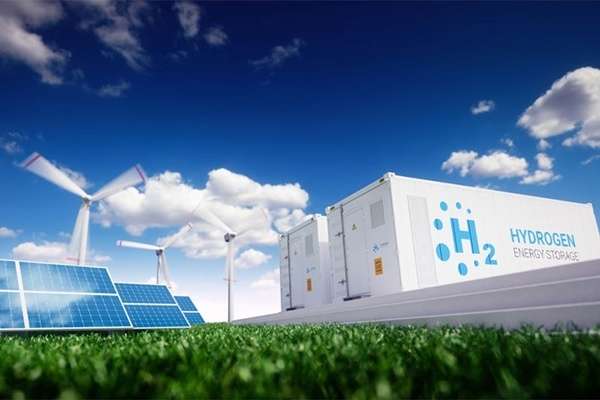
By 2040, the cost of green hydrogen will fall by 64%
According to a new study by consulting company Wood Mackenzie, by 2040 the cost of clean hydrogen produced from renewable energy sources is expected to fall by 64%.
Currently, the average cost of "green" hydrogen obtained by electrolysis is $ 6 per kilogram. The cost of "blue" hydrogen (produced from fossil hydrocarbons) is 1.5-3 dollars from natural gas and 2-2.5 dollars - from coal.
read more :
Hydrogen in a pipe: how to transport synthetic gas instead of natural gas
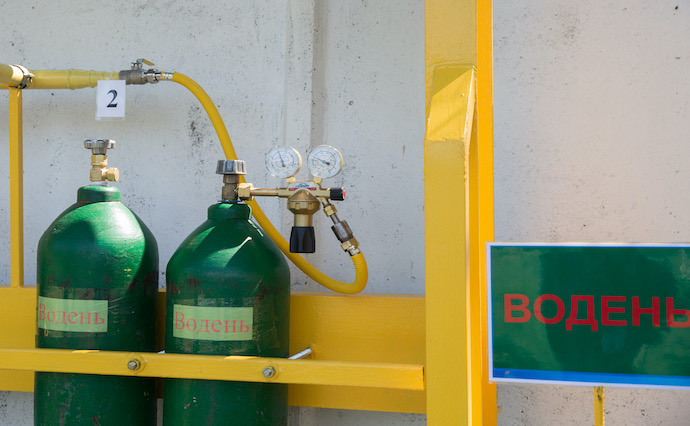
The topic of hydrogen is gaining more and more importance in the context of reducing carbon emissions. During the year alone, a number of European countries launched pilot projects on the use of alternative gas for domestic or industrial use.
Ukraine is trying to be in trend not only by supporting initiatives at the level of statements, but also by conducting real tests. In August this year, the Regional Gas Company conducted the first experiment in Ukraine, modeling the behavior of hydrogen in the gas distribution system.
The obtained results will provide an opportunity to assess the prospects for the transportation of a new type of fuel and its use for the domestic market.
read more :
Ukraine will offer Germany a project for the supply of hydrogen
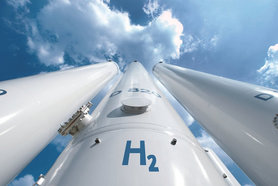
Acting Minister of Energy Olga Buslavets intends to sign a memorandum in Germany on a new energy partnership,
which provides for the development of hydrogen technologies in Ukraine.
read more :
Regional Gas Company certified specialists for hydrogen testing

The regional gas company has joined the EU Hydrogen Strategy, which envisions the widespread use of hydrogen and its replacement with other types of energy until 2050.
The company has taken the next step towards testing the effects of hydrogen and gas mixtures at landfills. The certification of specialists of gas distribution companies for work with a new energy resource - hydrogen - has begun. They will test hydrogen in gas networks at specially built test sites in five regions of Ukraine.
read more :
The EU has identified Ukraine as one of the priority partners of the European Hydrogen Strategy

According to the new EU hydrogen strategy, Ukraine is named the EU’s priority partner in implementing the European hydrogen strategy and supplying the latest energy resources to the European market due to its potential in the production and transportation of hydrogen.
“A historic event took place in Brussels: the presentation of the European Hydrogen Strategy, which begins a new technological revolution in Europe. The EU has hopes for Ukraine as one of the priority partners in the supply of hydrogen to Europe,” Foreign Minister Dmytro Kuleba said.
read more :
HyPoint's "turbo fuel cells" promise huge range and power for eVTOLs
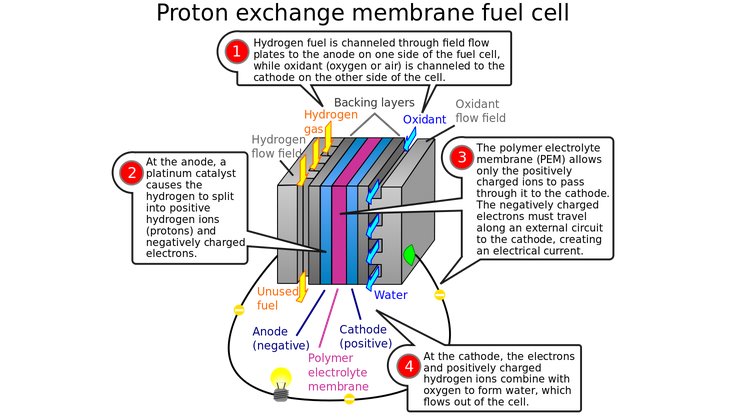
A California company says its new "turbo air-cooled" fuel cell design can deliver three times the power and four times the lifespan of a regular fuel cell, opening the door for high-speed, long-range, hydrogen-powered electric VTOL aircraft.
read more :
A plant in Sweden uses hydrogen for the first time for rolling steel
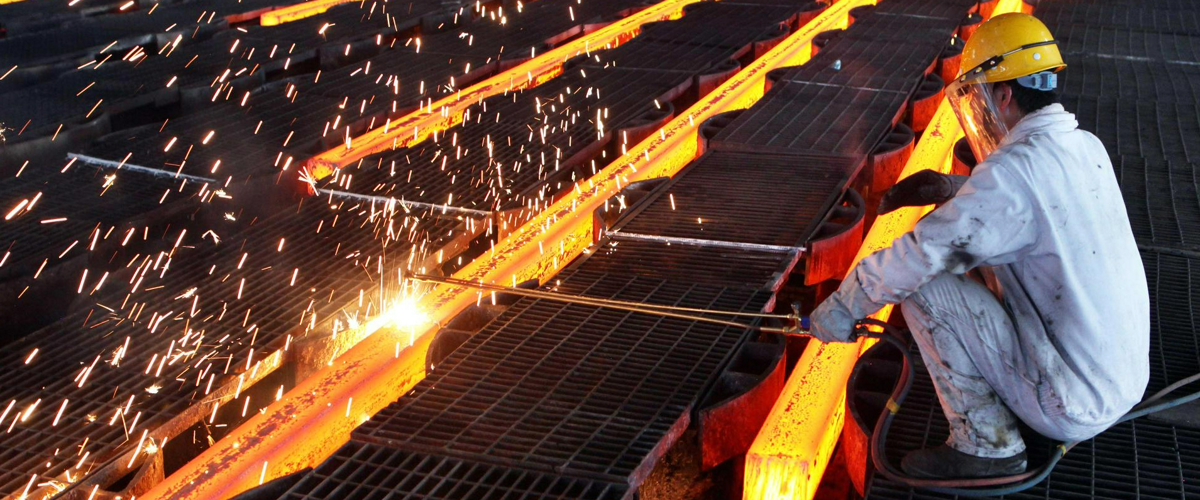
Ovako and Linde Gas jointly tested using hydrogen instead of LPG to reheat steel. The full-scale test completed successfully, according to Kallanish Energy.
This method opens up further opportunities for reducing the carbon footprint in metallurgy.
read more :
First-of-its-kind clean hydrogen plant planned for Los Angeles County
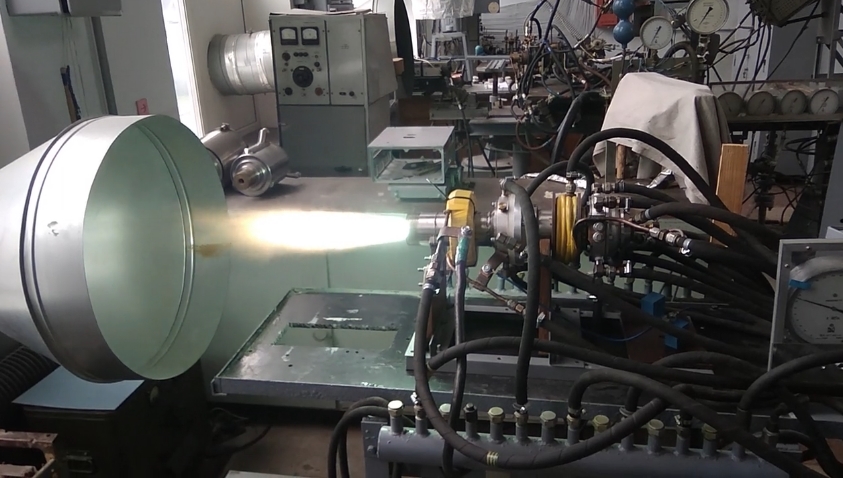
The Solena Group has agreed with the City of Lancaster in Los Angeles County to build a hydrogen plant by heating organic waste to temperatures above 3870 ° C. The technology that uses "plasma torches" was originally commissioned by NASA and was not used commercially. The company has not yet decided on the sources of financing for the project worth $ 55 million, but expects a high demand for environmentally friendly fuel produced without greenhouse gas emissions.
read more :
Gas storage method could help next-generation clean energy vehicles
Tremendous amounts of hydrogen and methane can be stored in nanoscopic pores
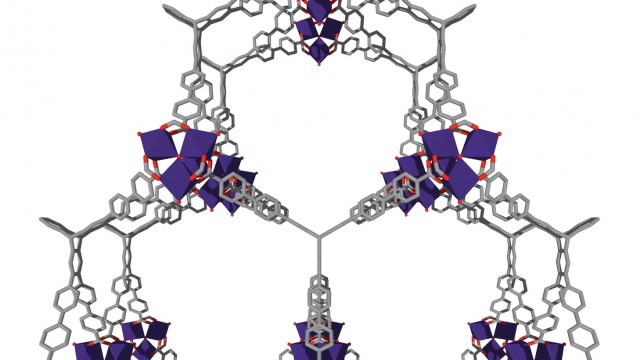
A team of researchers from Northwestern University has modeled and obtained materials with high porosity and large surface area. They can be used to store hydrogen and methane, which are used by automotive fuel cells. These gases are quite capable of replacing fossil fuels, which release carbon dioxide when burned.
The new materials are metal-organic framework structures (MOF). They are capable of storing much more hydrogen or methane than conventional adsorbents at less pressure and cost.
read more :
Car batteries increase efficiency by 30%
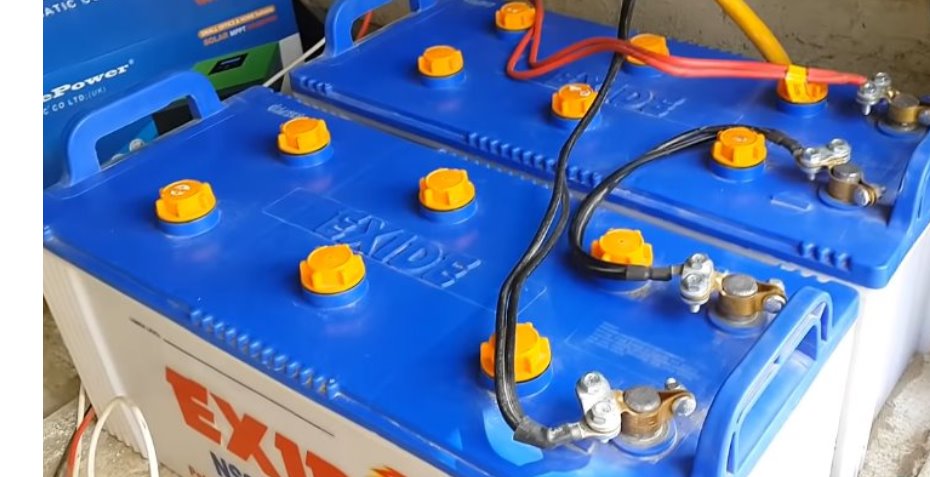
China has launched the production of electrodes from rare-earth hydrogen storage alloys, according to the Chinese newspaper Keji Ribao / Science and Technology Daily /.
The electrode material, a magnesium-nickel-based rare earth hydrogen storage alloy, could boost battery capacity by 30 percent, the report said.
Nickel-metal hydride power batteries with electrodes made from a rare earth storage alloy based on magnesium and nickel have great potential in the field of hybrid vehicles, solid-state hydrogen storage and hydrogen fuel cells.
read more :
In 8-10 years Ukraine will be able to supply hydrogen to Europe through the GTS - experts
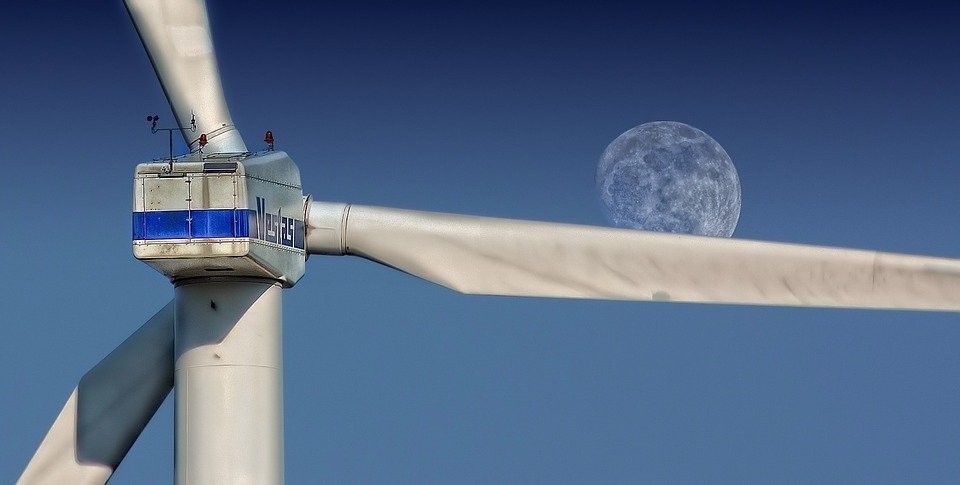
But first you need to solve all the problems associated with hydrogen. "First of all, safety, hydrogen is a volatile gas, the mixture with air is explosive. The second problem is leaks, hydrogen quickly penetrates into metals. The third is metrology, that is, meters, and other equipment."
read more :
SAAB will switch to hydrogen for steel production and abandon coal by 2026
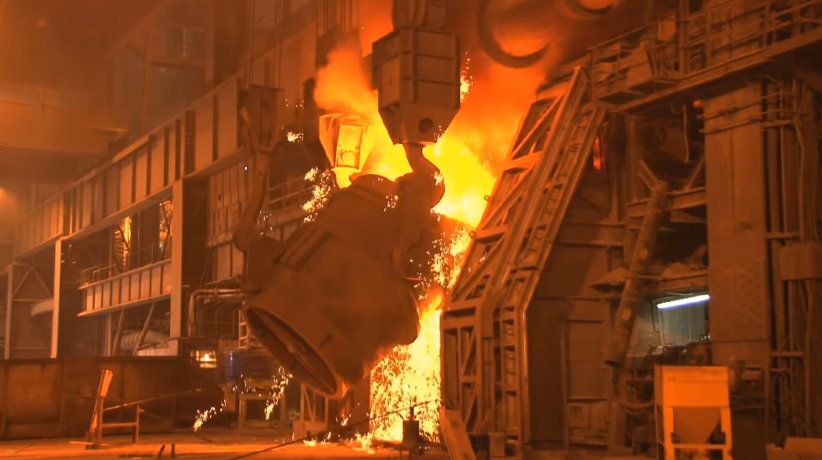
The Swedish company SSAB, a steel producer, is participating in a project called HYBRIT, in which, together with a major European energy producer,
Vattenfall intends to completely replace coal with hydrogen and by 2026 fill the market with “clean” steel.
read more :
A project on innovations in charging electric
cars is launched in the EU, they will experience charging “on the go” in cities

The European Commission launched the INCIT-EV project, aimed at developing innovative technologies for charging electric vehicles.
This is a large-scale and international plan - it has 33 partners from 8 countries: Estonia, France, Germany, Italy, the Netherlands,
Slovenia, Spain and Turkey, it is planned to be implemented by 2023. The main executor, coordinating the interactions between the consortium
participants (companies, universities, institutes, city municipalities and startups) was the French concern Renault.
Financing of INCIT-EV is carried out as part of the EU Horizon 2020 innovation program. Renault, as the initiator and coordinator of the
consortium, acts as a mediator between its partners and the European Commission, as well as planning the stages of the project development,
budgeting and monitoring the technical part.
read more :
Scientists have announced a breakthrough in obtaining hydrogen from solar energy
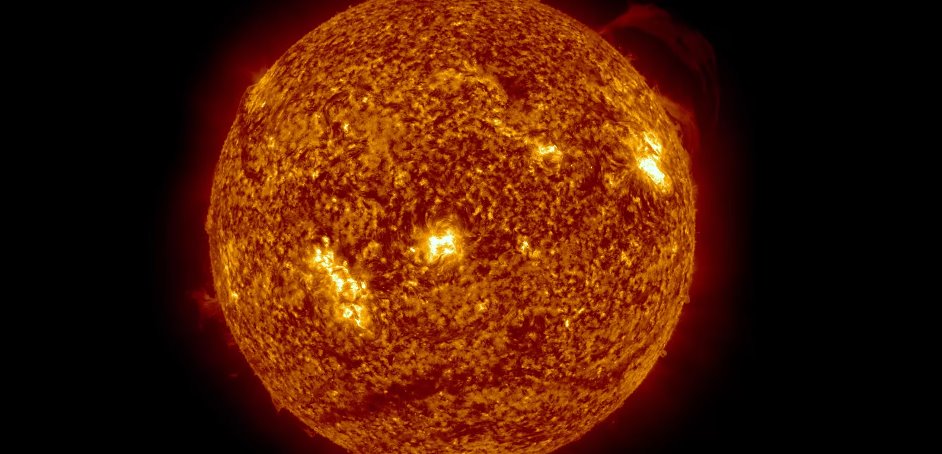
Researchers at Ohio State University first synthesized a molecule that can effectively absorb sunlight, and also act as a catalyst for converting solar
nergy into hydrogen, an environmentally friendly fuel that is a worthy alternative to fossil energy sources.
“The main idea is that we convert the photons of the sun into hydrogen. Simply put, we take energy from sunlight and store it in chemical compounds
so that it can be used later. The system is able to bring the molecule into an excited state, where it absorbs a photon and is able to store two
electrons to produce hydrogen. This property of the molecule is unprecedented, ”said study leader Claudia Turro.
read more :
Dear project managers
Target Integrated Program of Scientific Researches of NAS of Ukraine "Hydrogen and fuel cells in autonomous energy systems "!
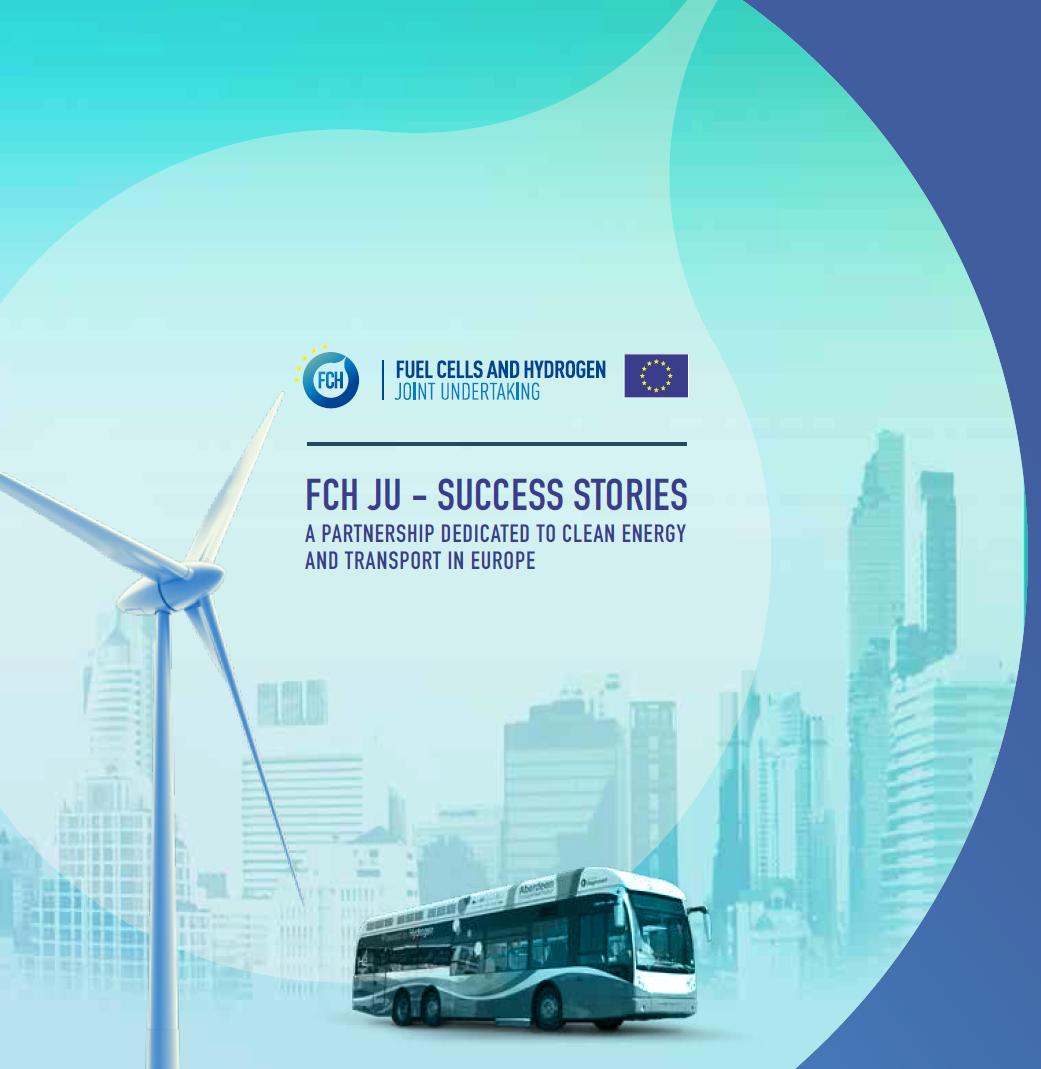
We offer to your attention a brochure with the results of scientific and technical cooperation in the
framework of the implementation of the projects of the joint initiative "Fuel Cells and Hydrogen" over the past 10 years.
More information on the contents of the brochure can be found at the link :
Scientists Turn Carbon Emissions into Usable Energy
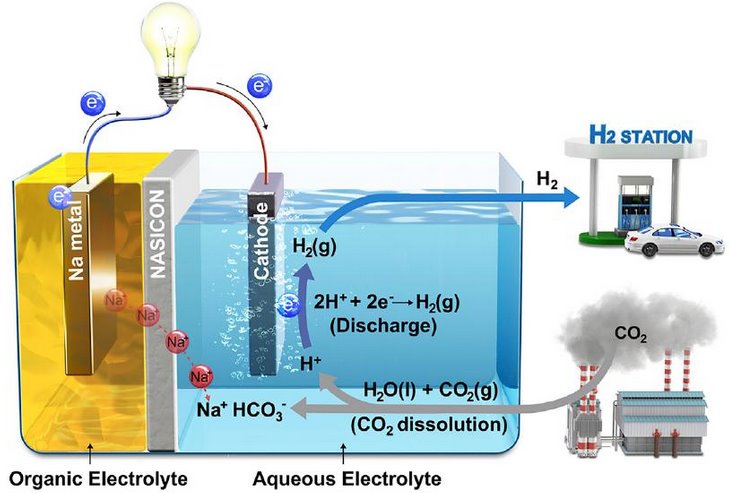
A recent study, affiliated with UNIST has developed a system that produces electricity and hydrogen (H2) while eliminating carbon dioxide (CO2), which is the main contributor of global warming.
In this work, the research team presented Hybrid Na-CO2 system that can continuously produce electrical energy and hydrogen through efficient CO2 conversion with stable operation for over 1,000 hr from spontaneous CO2 dissolution in aqueous solution.
read more:
Nikola Launches Stunning Truck for European Market
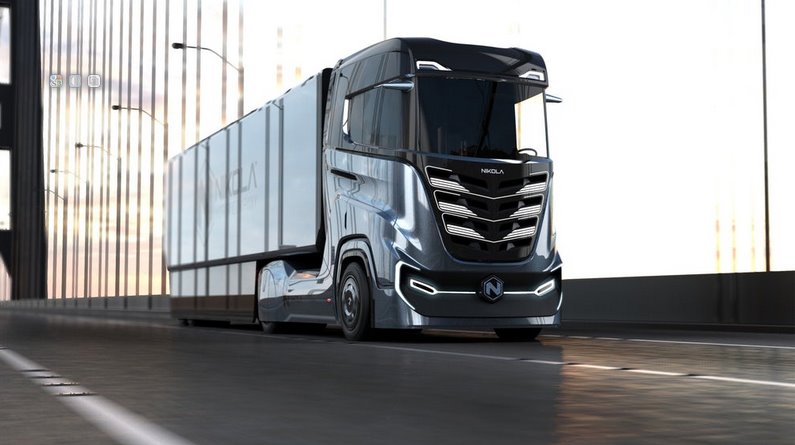
PHOENIX, AZ (November 5, 2018) -- In response to widespread interest from European customers, Nikola Motor Company has created a hydrogen-electric truck for European markets.
read more:
Israeli scientists have announced the breakthrough method of hydrogen production
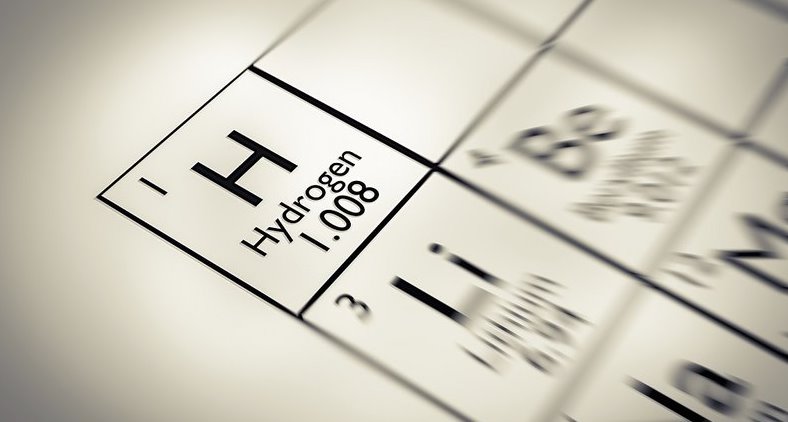
Scientists at the Ben-Gurion University of the Negev (BGU), together with experts from the Israeli Institute of Technology, have developed a new chemical mechanism that allows you to create a more productive way to obtain hydrogen fuel from water.
This process depends on solar energy, not the infusion of huge amounts of artificial energy, as modern methods require.
read more :
Researchers demonstrate working rechargeable “proton battery”
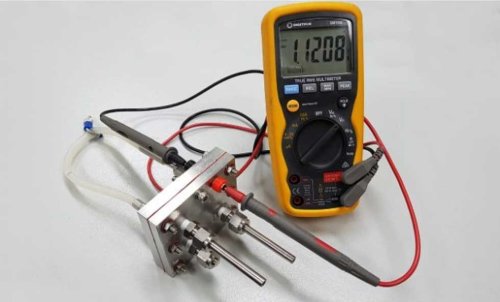
Researchers from RMIT University have demonstrated for the first time a working rechargeable “proton battery” that could be a game changer for powering cars, homes, and gadgets. The rechargeable battery has the potential with future development of storing more energy than current lithium-ion batteries. The team also notes that with modifications and scaling up, the proton battery tech could also be used for medium-scale storage on electricity grids.
read more:
The first tram powered by hydrogen fuel was launched
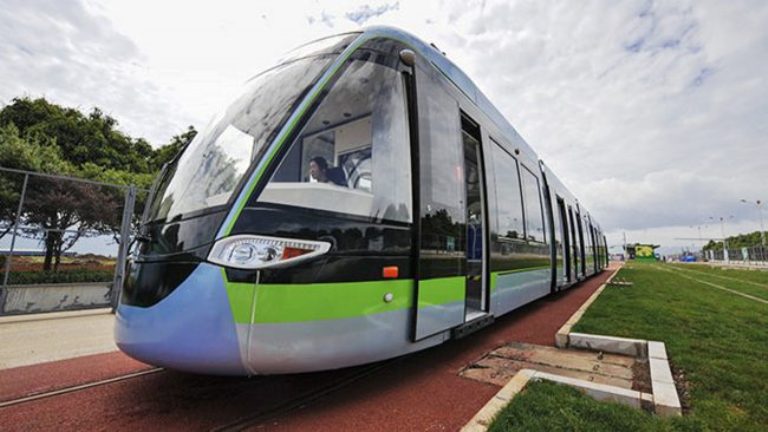
The new vehicle is reported by Xinhua News Agency. The development was in charge of the China Railway Rolling Corporation (CRRC). As reported in the press release, when driving the tram does not emit any polluting substances.
read more:
Researchers create instant hydrogen from water and aluminum
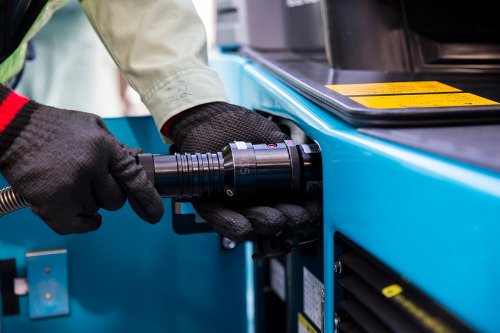
Hydrogen power seemed all the rage for awhile, until we had to face the practical considerations of using it. Yes, it's clean and abundant, but it's also incredibly difficult to transport. One team may have accidentally found the key to jump starting this struggling economy, though; researchers at the US Army Research Laboratory at Aberdeen Proving Ground Maryland made a chance discovery when they poured water on a new aluminum alloy. It began to give off hydrogen automatically.
read more:
"Instant" charging of electric cars will provide the technology of flowing batteries IFBattery

American scientists at Purdue University have developed a technology that can provide "instant" charging of an electric vehicle. At the same time, according to engineers, the new method is safe, affordable and environmentally friendly, and also as simple and fast as refueling a car on a regular petrol station.
read more:
Qualcomm has created a system for wireless charging of electric vehicles on the go

The purpose of DEVC is to allow electric cars to replenish the energy reserve directly on the move and, accordingly, without wires. For this purpose, it is proposed to integrate special energy transmitters into the roadway, and receivers in the bottom of vehicles.
read more:
Ukrainian study: carbon cells - a new modification of carbon, capable of storing hydrogen
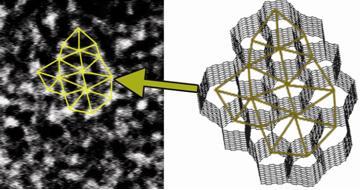
This discovery immediately attracted the attention due to long term use of the new material as light and spacious storage for hydrogen fuel. The process of storing and transporting hydrogen because of its danger, and energy consumption is a key obstacle to the use of hydrogen gas as a renewable fuel source.
read more:
A site that publishes hydrogen news and articles on a regular basis
In ukrainian. Also, most articles are duplicated in English.

A site that publishes hydrogen news and articles on a regular basis
In ukrainian. Also, most articles are duplicated in English.
http://uahe.net.ua/
Vyacheslav Zgonnik
founder and administrator of this resource http://uahe.net.ua/
zgonnik@uahe.net.ua
A new way to produce hydrogen by splitting water
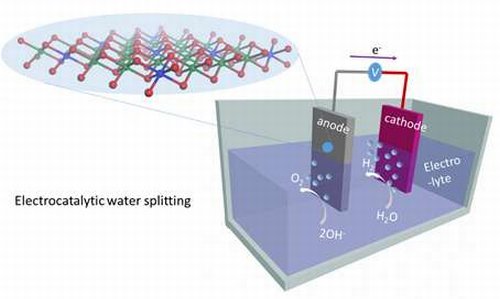
"The main difficulty we faced was the introduction of the metal vanadium in nickel hydroxide. But the effort is not wasted,
and the results have exceeded our expectations "- says Ke Fan, one of the researchers, -" The resulting efficiency
water splitting with new catalyst fate already allows to use it for the production of a new type of hydrolysis of cells whose potential
It is able to make a revolution in the technologies for producing hydrogen. "
read more:
Ukrainian scientists have created a battery, which is 1000 times more effective
analogs
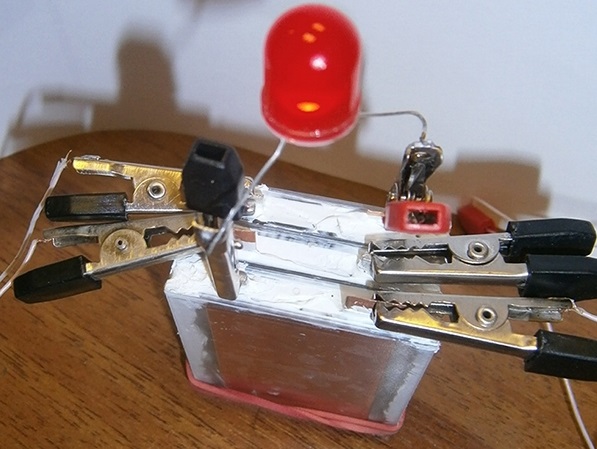
Electricity supply generated by Kiev scientists under the leadership of Vladislav Kiselev, became a finalist for one of the most prestigious in Ukraine
international competitions of scientific projects "Sikorsky Challenge", which was held in Kiev.
read more:
"Carbon cells": Ukrainian scientists have discovered a new form of carbon
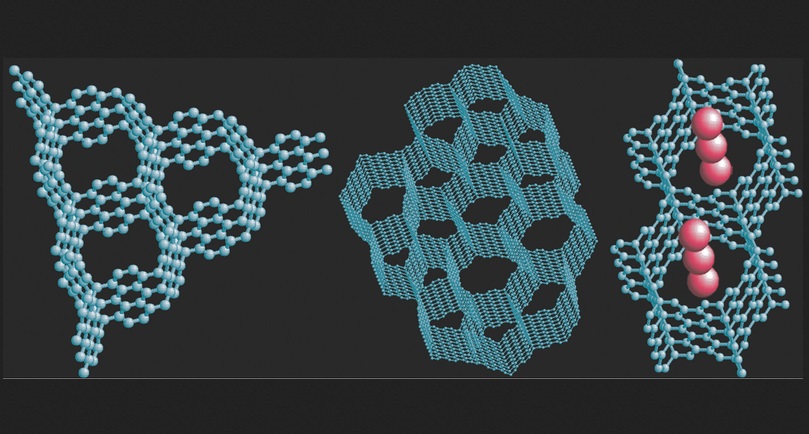
Ukrainian team of scientists has developed a new type of carbon structure - the so-called "carbon cell" - a material that is capable of drastically improve the efficiency of fuel cells
read more
|
|



































































